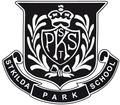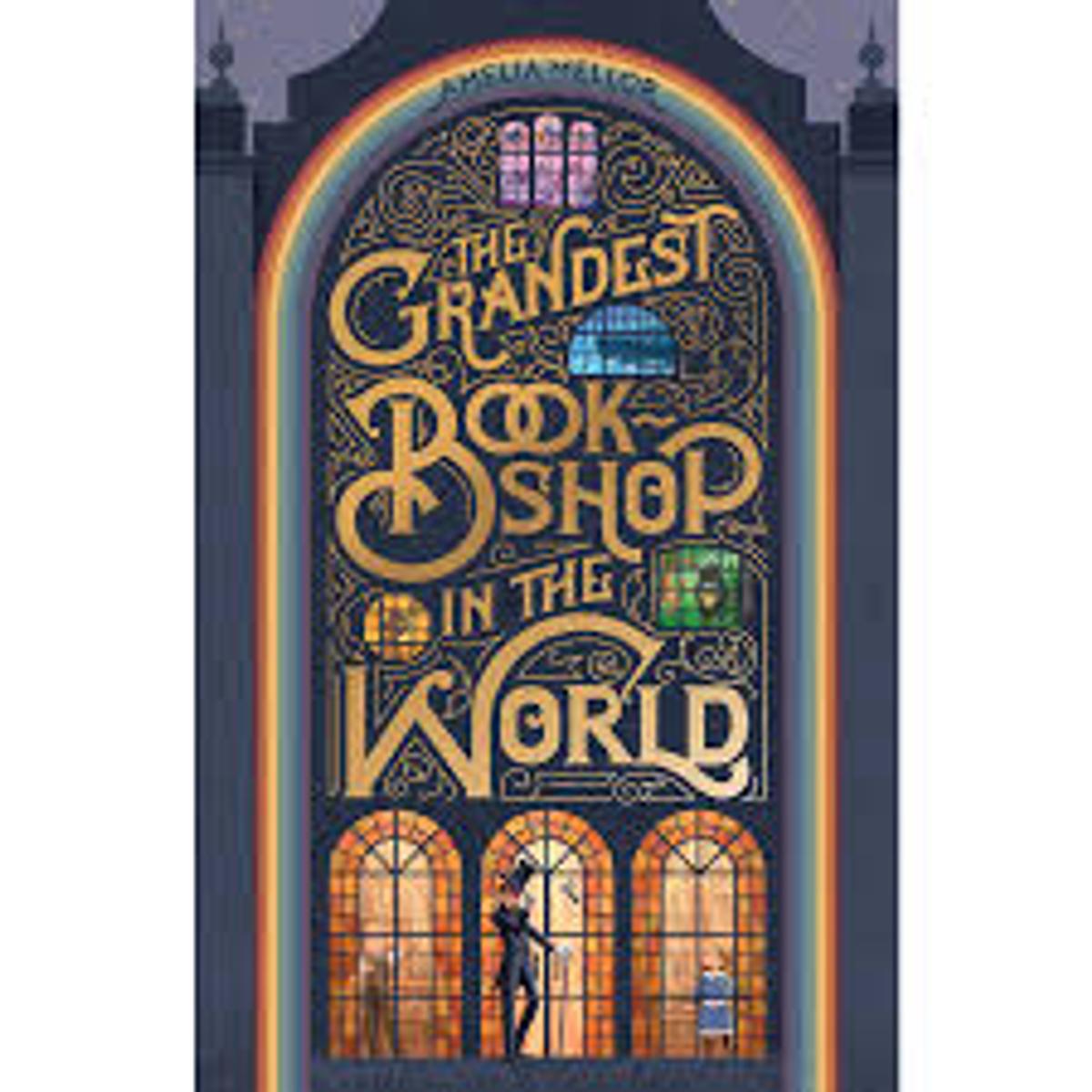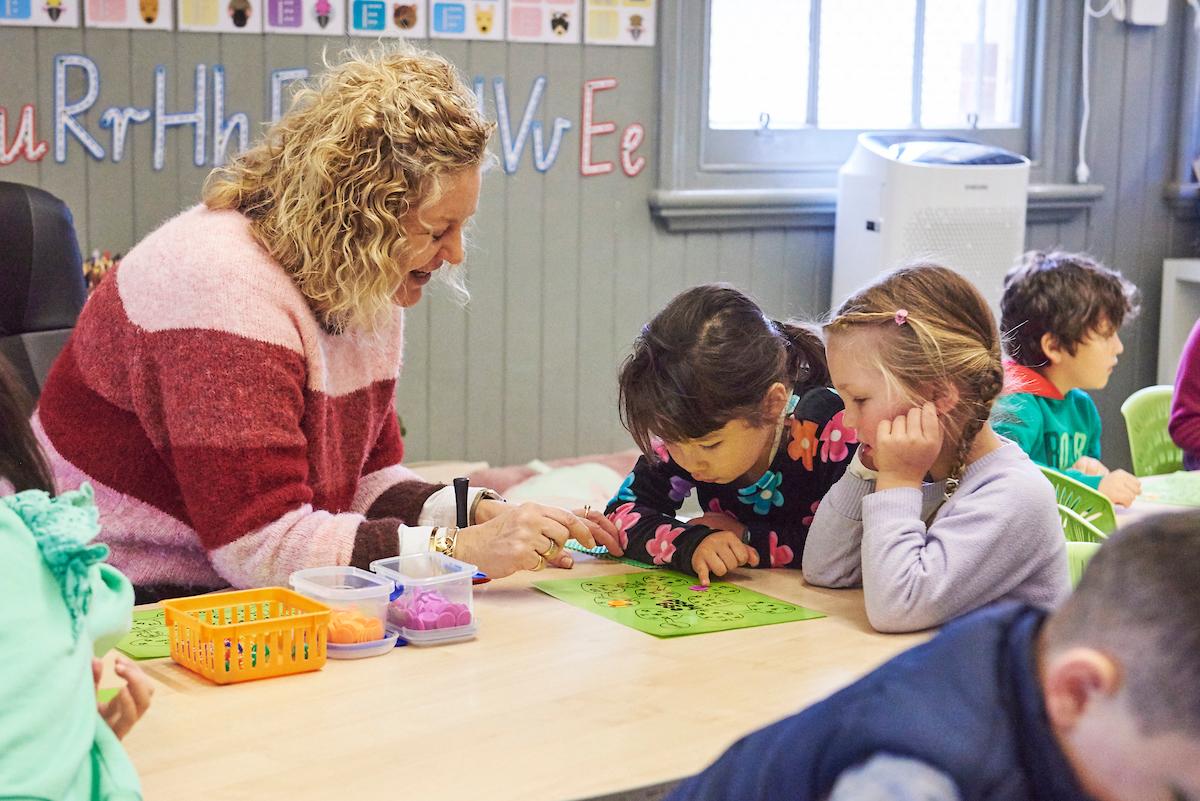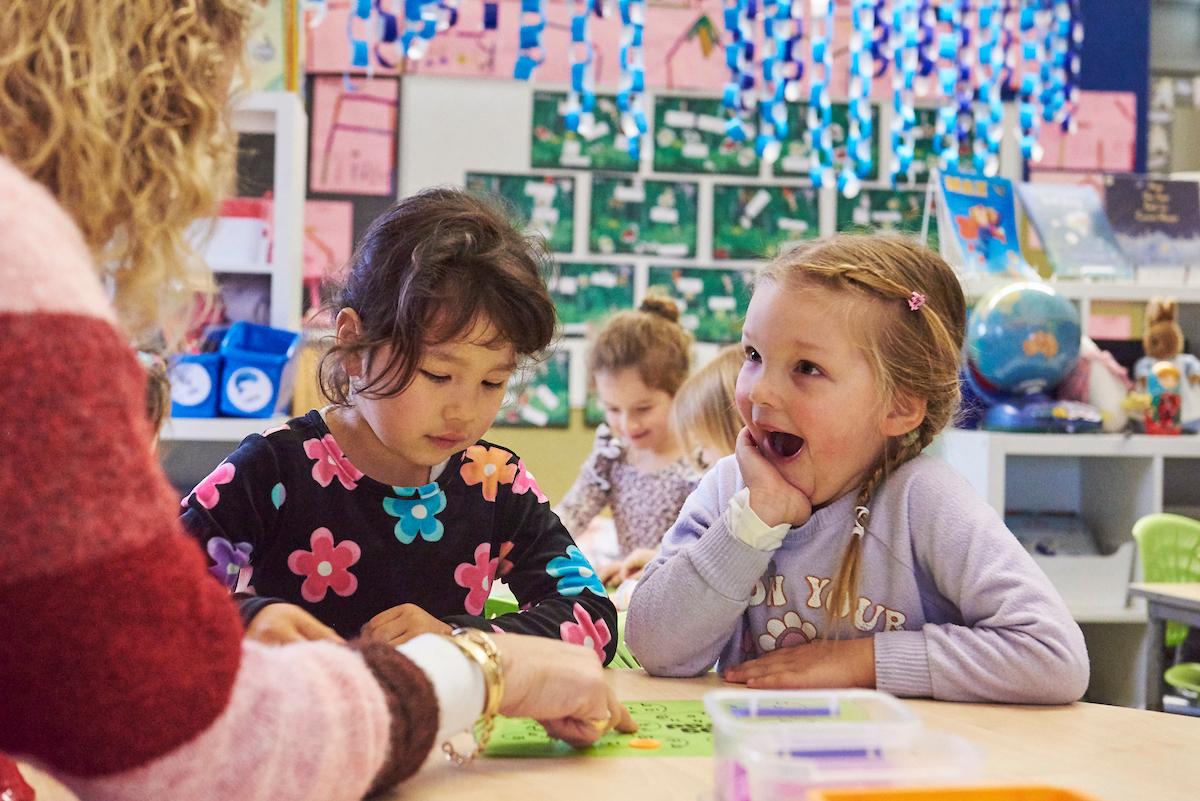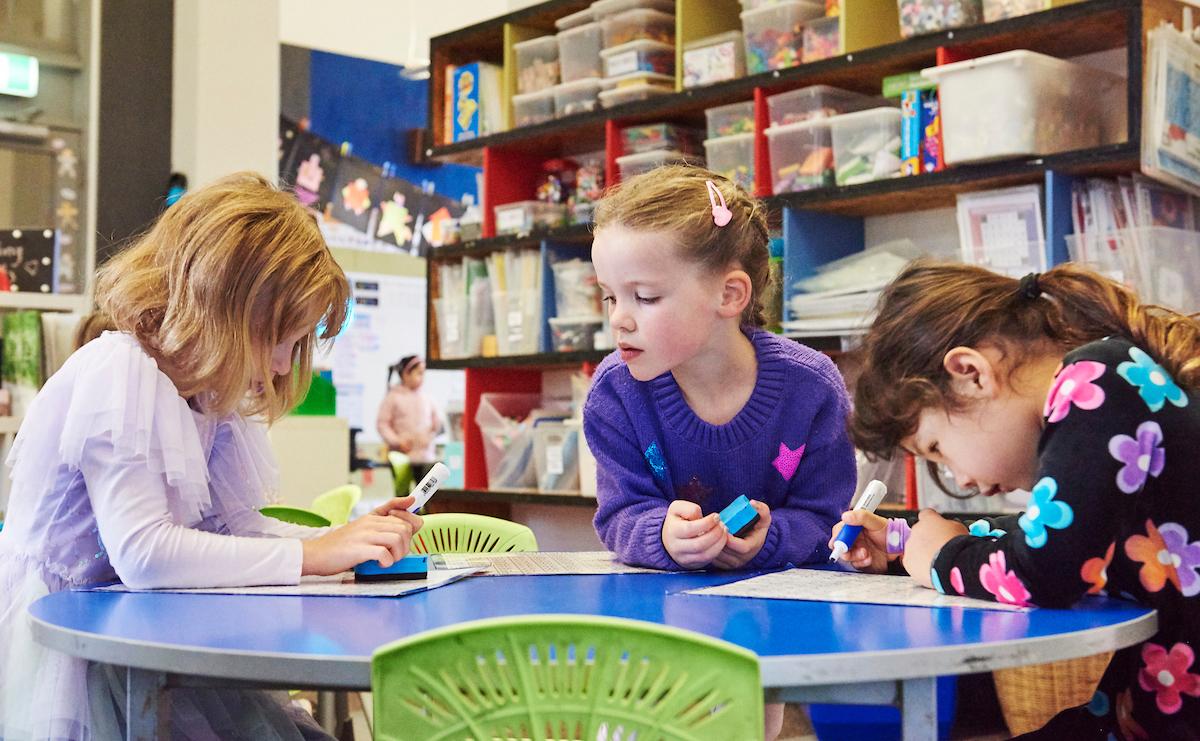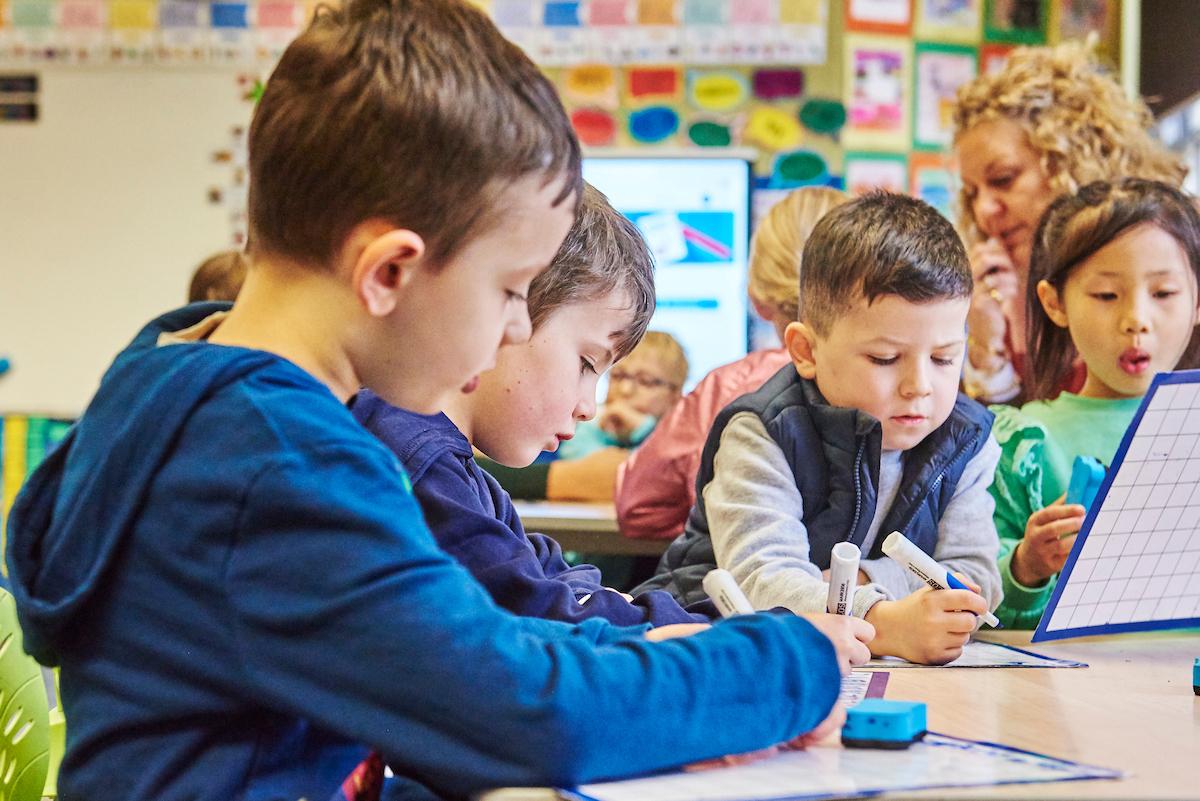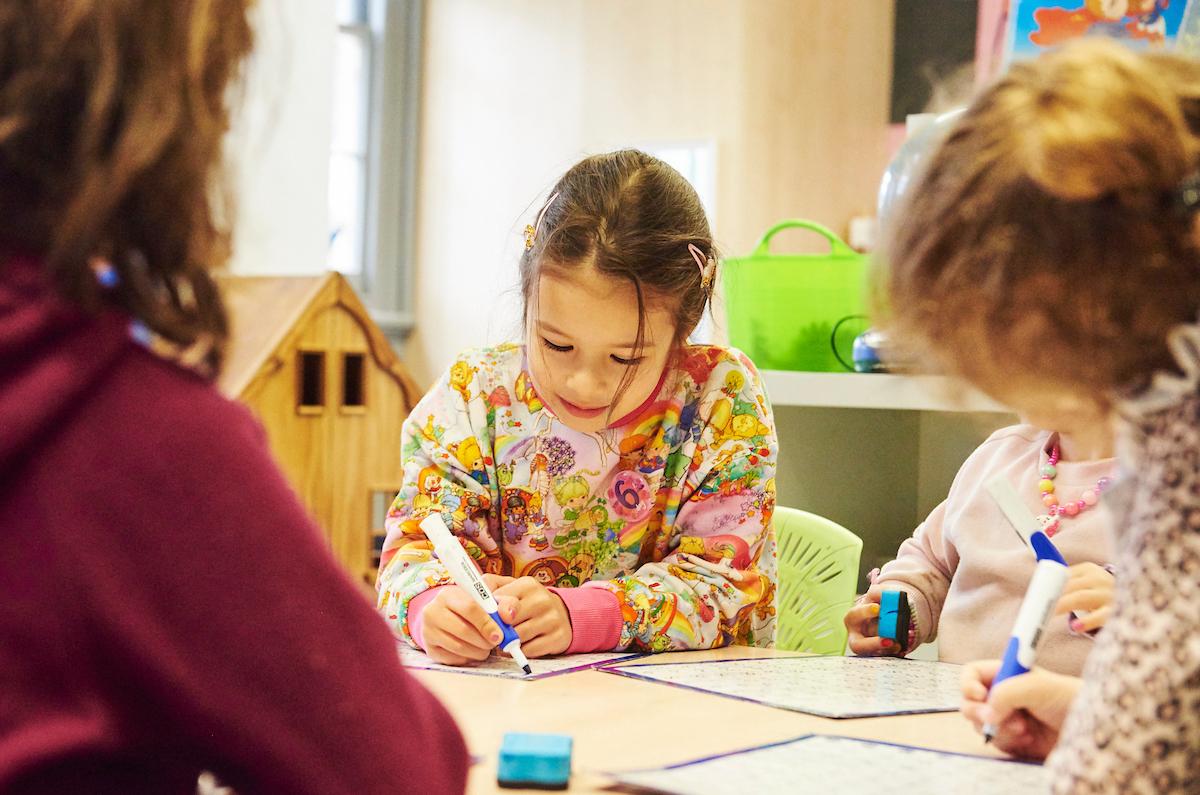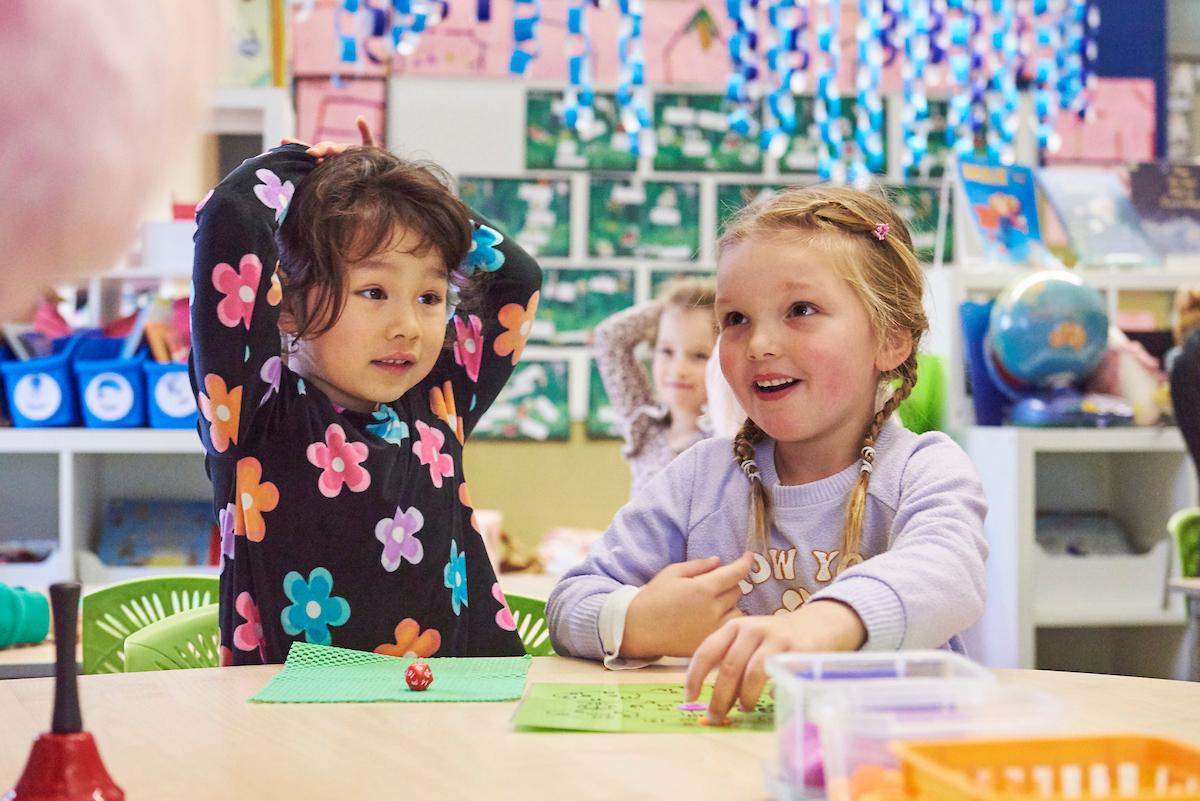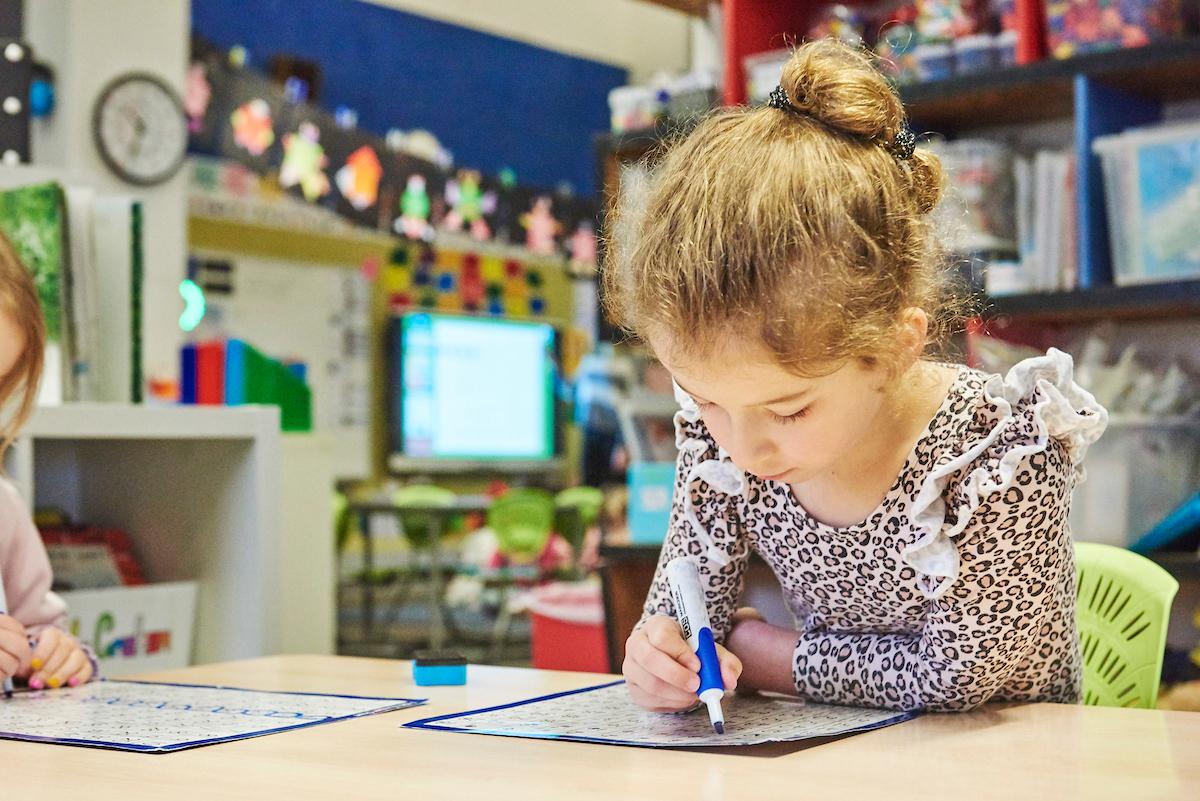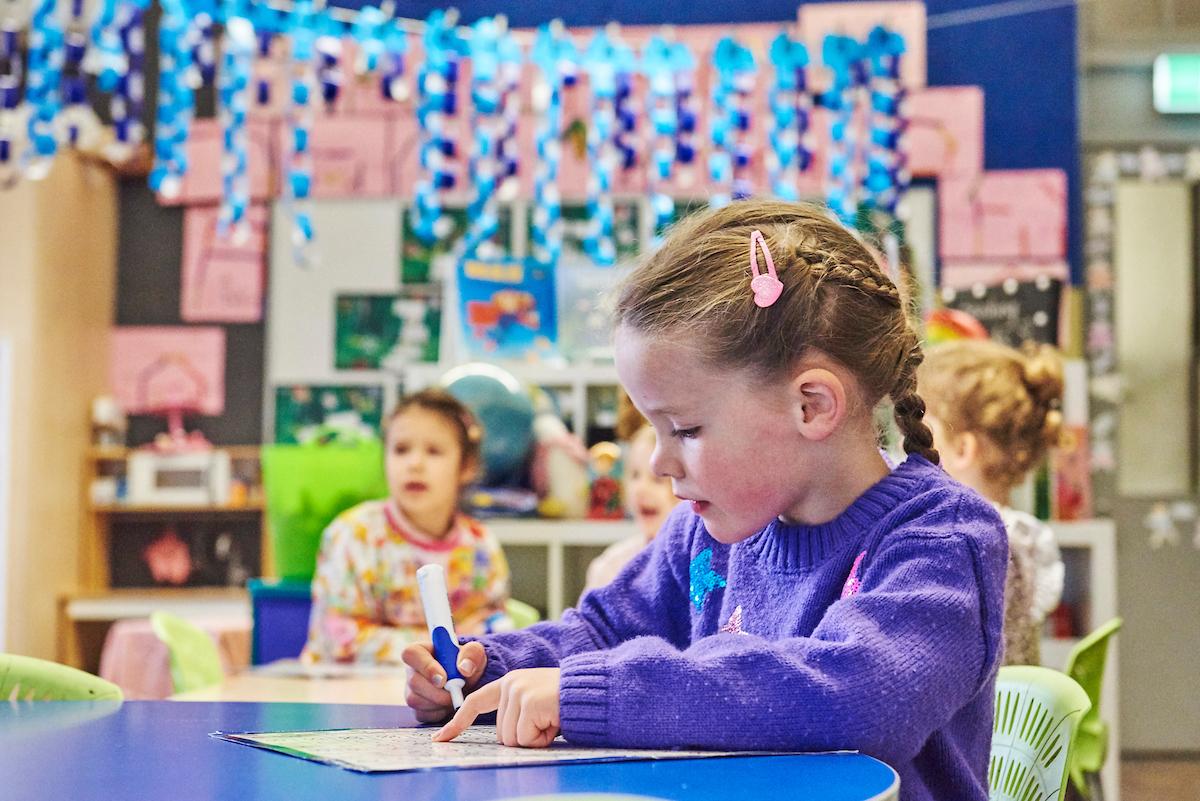Literacy Update

Book Review by Rosa S Year 5
Last week I reviewed the book The Grandest Bookshop in the World and explained the close connection Becky & Rosa’s family have with this story. I am excited to share with you Rosa’s very own book review on the book now.
Book Review for The Grandest Bookshop in the World, by Amelia Mellor
Review by Rosa Saldana, 5/6A
As the great-great-great-granddaughter of E.W. Cole, it was an interesting and extraordinary book to read.
It’s not every day that you get to pick up a book with characters to whom you are related. Going back in time and learning about all the Coles, the Arcade, staff, Old Melbourne and just living in the arcade was quite a fascinating experience.
There are 7 dangerous and exciting challenges set by the mysterious Obscurosmith. Pearl and Vally Cole (the main characters) must defeat the challenges before the stroke of midnight to save Pa (E.W. Cole), the Book Arcade and their memories. Some of my favourite riddles and games would be the riddle in wonderland and dancing in opposite gender outfits with the band. One of the scariest bits for me was in the fernery when they turned ghost-like.
I highly recommend The Grandest Bookshop in the World for all age readers intrigued to learn about Melbourne’s rich history, characters and ready to be strapped into a rollercoaster of adventure.
Learning in Literacy
As the best approaches to teach reading continue to be discussed in the media, I thought I would share an insight into the Literacy classroom.
The English language has 26 letters in the alphabet.
There are however, 44 sounds;
- s, a, t, p, i, n, m, d, g, o, c, k, ck, e, u, r, h, b, f, ff, l, ll, ss.
- j, v, w, x.
- y, z, zz, qu.
- Consonant digraphs: ch, sh, th, ng, ph, wh
- Vowel digraphs: ai, ee, igh, oa, oo, ar, or, ur, ow, oi, ear, air, ure, er.
- ay, ou, ie, ea, oi, ir, ue, ew, aw, au, oe, a-e.
The beginning stages of teaching reading is to build a strong phonological awareness.
Phonological awareness is the ability to recognise and manipulate the spoken parts of words, including syllables, onset–rime, and phonemes. Phonemic awareness is the ability to identify and manipulate individual sounds (phonemes) in spoken words.
Every student need to be exposed to systematic, explicit teaching of phonics. Over time in the classroom, if students find this process challenging, we need to find out why. One of the reasons may be that the student has dyslexia.
What is Dyslexia?
Here are 2 definitions that I have found helpful.
“Dyslexia is an unexpected great difficulty learning to read despite intelligence, motivation an education.” (Shaywitz & Shaywitz 2020)
“Dyslexia is a specific learning disability that is neurobiological in origin. It is characterised by difficulties with accurate and fluent word recognition and by poor spelling and decoding abilities. These difficulties typically result from a deficit in the final logical component of language that is often unexpected in relation to other cognitive abilities and the provision of effective classroom instruction.” (International Dyslexia Association 2002)
Recent research tells us that dyslexia is quite common. There is anywhere from 10-20% of students worldwide experiencing these challenges in their learning. Dyslexia is not the same experience for every student. The regular message that is coming out clear in all the recent research is that all dyslexic students are capable of learning.
Phonemic awareness is the ability to notice and manipulate the individual sounds or phonemes in spoken words.
People with dyslexia have a hard time doing this. It makes it difficult for them to read because, when we see words for the first time, we really try to sound them out and match the sounds to the letters.
After we do this a few times, our brain stores it in our visual system (orthographic memory), as a whole word and we know it when we see it. That's how it works if you're not dyslexic. If you are dyslexic it doesn't come to you the way that sounds and letters correspond.
A common perception is that dyslexia is about reversing letters getting ‘b’ & ‘d’ mixed up or seeing letters and words backwards. This however, is actually a natural developmental stage it's just that many people with dyslexia don't get past that beginning reader stage. In reality, dyslexia is a complex condition that affects the way the brain processes language, making it difficult for individuals to decode words, recognise sounds, and comprehend text. It's not a sign of low intelligence or laziness, but rather a specific learning difference that can impact various aspects of life, including anxiety and school refusal.
With the right kind of help we can change this, and early intervention is important.
All students need to be explicitly and systematically taught the way sounds and letters correspond, they need a heavy-duty phonics program. Kids need to be taught all the sounds that letter combinations make.
Teachers cannot diagnose dyslexia we do not have enough professional training to do that. However, we can have increased knowledge and we can build a literacy profile and learn as much about the child as possible. Decipher what they're finding challenging and what skills they are strong at. We can build a literacy profile for a student, highlighting signs of challenge around the areas of letter/sound knowledge, oral reading fluency, spelling, reading comprehension, phonological awareness and family history.
While challenges with reading are a hallmark of dyslexia, individuals with this condition may also struggle with spelling, writing, and even speaking. Dyslexia can manifest differently from person to person, with some experiencing mild difficulties while others face more significant obstacles.
Early identification and intervention are key to supporting individuals with dyslexia. Educators, parents, and healthcare professionals play vital roles in recognising the signs of dyslexia and providing appropriate resources and accommodations.
Multisensory structured literacy instruction, which incorporates visual, auditory, and kinesthetic elements, has been shown to be effective in helping individuals with dyslexia improve their reading skills. Assistive technologies, such as text-to-speech software and speech recognition tools, can also be valuable aids for individuals with dyslexia, enabling them to access information more easily and students need to be explicity taught the way language works and what sound combinations can be used. For example; when a student sees a ‘oo’ in a word, they should be able to say that ‘oo’ can make 2 sounds. It can be ‘oo’ as in book or ‘oo’ as in school. That knowledge then aids the student/reader to decode a word such as cartoon, they can break the sounds down to c/ar/t/oo/n and decode the word.
There is no cure for dyslexia but neuroscience research shows that good intervention can actually change the path for these learners. The earlier the intervention, the better. Despite the English language being challenging to learn, the vast majority of words follow set rules and patterns. The challenge for learners can be that some of our most common words are the exceptions to the rules. Kids need to be explicitly taught these and memorise them, they need to be moved into their orthographic memory.
Orthographic processing uses visual abilities to remember and recall words. Children learn to make the association between letters and how each letter sounds. This process provides a way for them to store the information in their brains for long-term use.
If you have any concerns about your child, please speak to your classroom teacher and share your thoughts. Together, we can build a profile of evidence that you can then take to a professional for formal assessing if required.
If you would like to discuss this with me further, please reach out via email or come and see me.
Jac Morphy
Leading Teacher – Literacy
